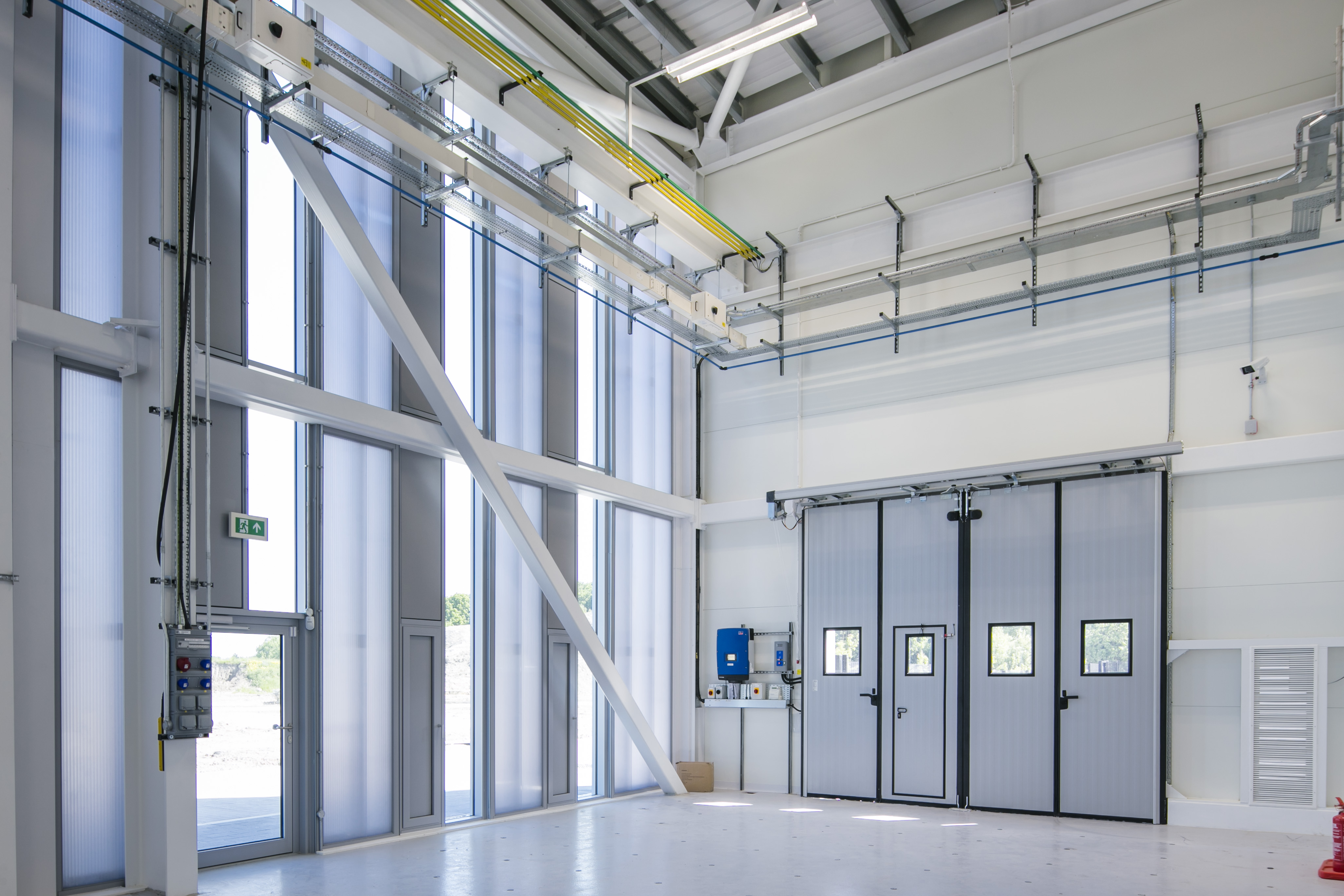
Activities at ICAIR are supported by a strong team of academic staff and experienced technical and research personnel. Many academic staff have long track records of undertaking internationally leading research, as well as extensive experience of working with industry.
The facility is based within the recently constructed ICAIR building providing ≈600m2 of specialist laboratory space. The key experimental infrastructure is a test cell (1350 m3) in which urban water infrastructure assets (e.g. interconnected water pipes, sewer pipes/chambers, inlet structures) and natural artefacts such as impermeable and permeable catchment surfaces, soil layers and voids can be created, with in-situ instrumentation to allow for their interactions with the urban water infrastructure assets to be studied. The test cell is 45m long by 5m deep by 6m wide. The length includes allowances for free surface control and stilling sections for both sewer and ground water flows at entry and exit of pipes without the use of elbow fittings which would induce unwanted dynamic reflection points. This design provides a straight test length of around 38m. This length is sufficient for studying hydraulic processes of interest in distributed urban water infrastructure. The depth and width of the test cell is necessary such that fully representative burial depths can be accommodated (up to 1.5m for water supply and 3m for sewers) and that surface loading effects can interact with such assets without distortion by boundary effects. This full-scale environment can be subjected to a controlled regime of sub-surface, pipe and surface flows and physical and chemical loadings and then the performance of the representative part of the urban water infrastructure system will be monitored.
The facility can generate in-pipe and surface flows of up to 200 l/s and subject pipes to pressure transient shocks of up to 10 bar to create conditions for hydraulic capacity exceedance, pipe bursting and contaminant ingress. Complex cyclic loads of up to 10kN/m2 will can be imposed on the contained soil and pipes, via controlled actuators to simulate physical surface and axial loading so the test cell has the ability to examine the role of various repeated and sustained loading types that cause the failure of a wide range of urban water assets.
Full description of the UKCRIC National Distributed Water Infrastructure Facility at the University of Sheffield is available: here

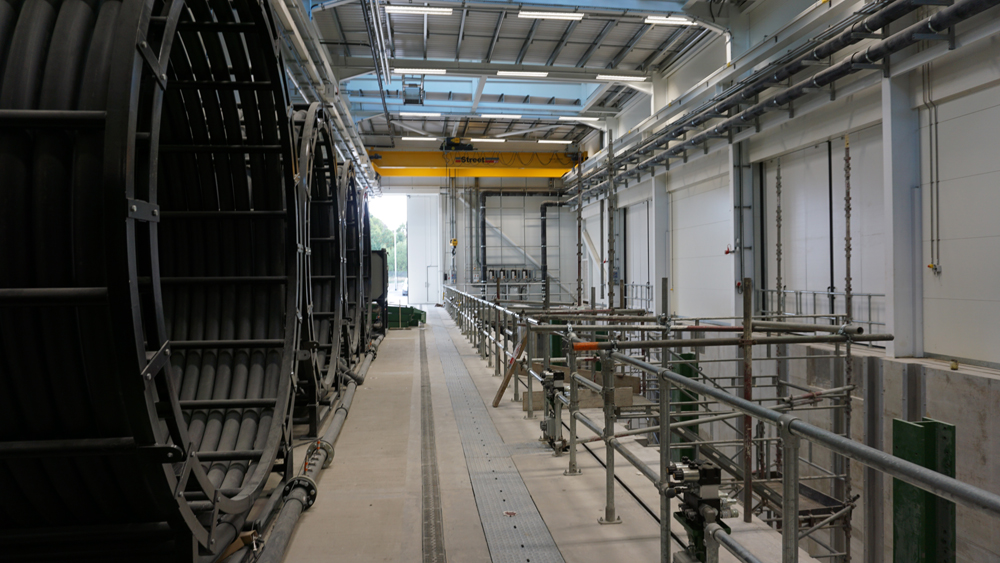
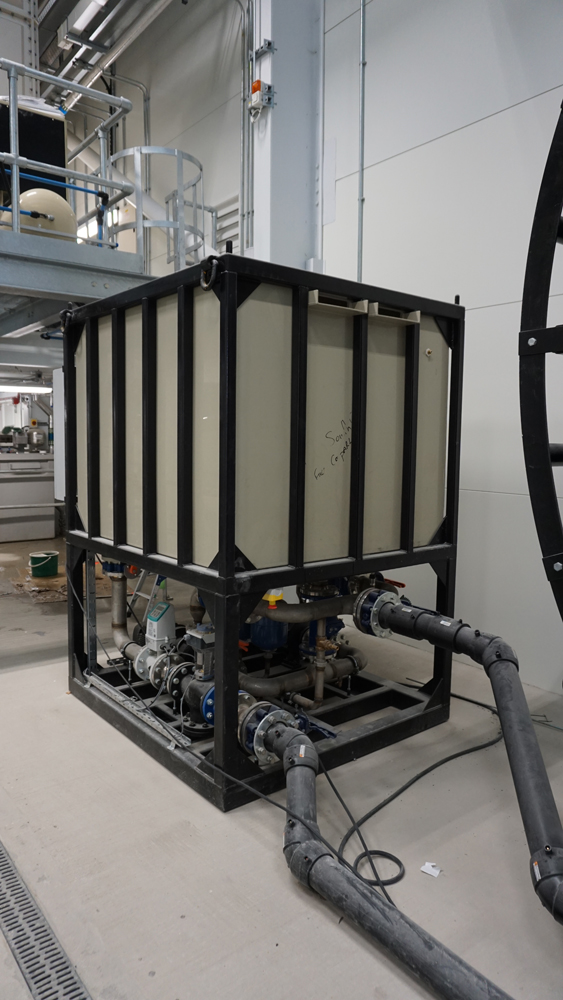

The Intelligent Infrastructure Laboratory is flexible intelligent infrastructure laboratory which includes structural asset testing area, 10T Crane, 750mm thick reinforced concrete slab, with an array of 300kN anchor points at 750mm spacings, easy access large external doors and convenient driveway with unloading area to ensure suitable transportation access to the facility for large scale and heavy elements of infrastructure. The laboratory allows real scale full size experiments and testing on the infrastructure elements. This covers both the inherited infrastructure for safety and maintenance purposes testing and future infrastructure elements for next generation above- and underground infrastructure and other capital-intensive national infrastructure assets.
Full description of the Intelligent Infrastructure Laboratory can be found here.
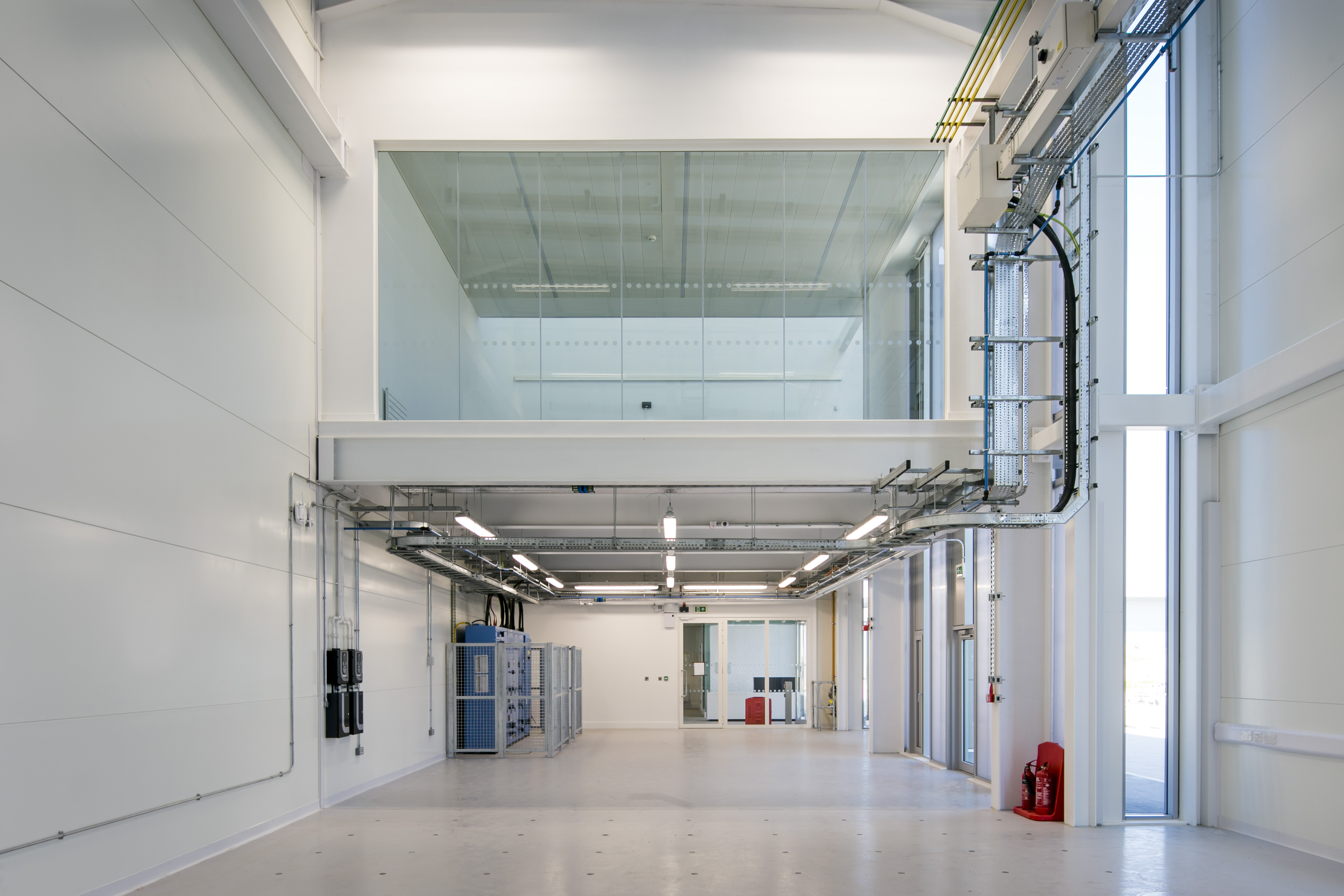

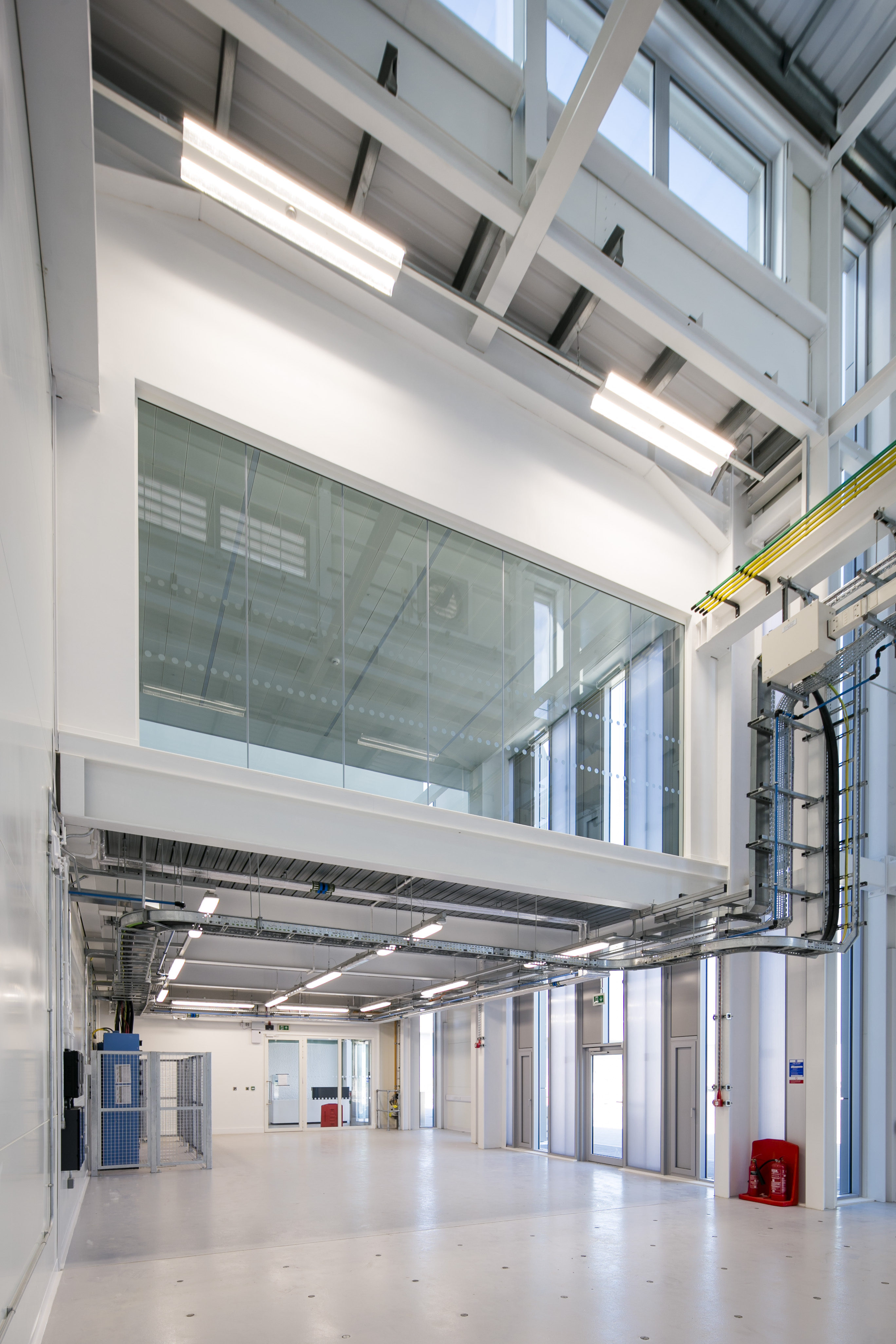



 ICAIR is part-funded by European Regional Development Fund
ICAIR is part-funded by European Regional Development Fund